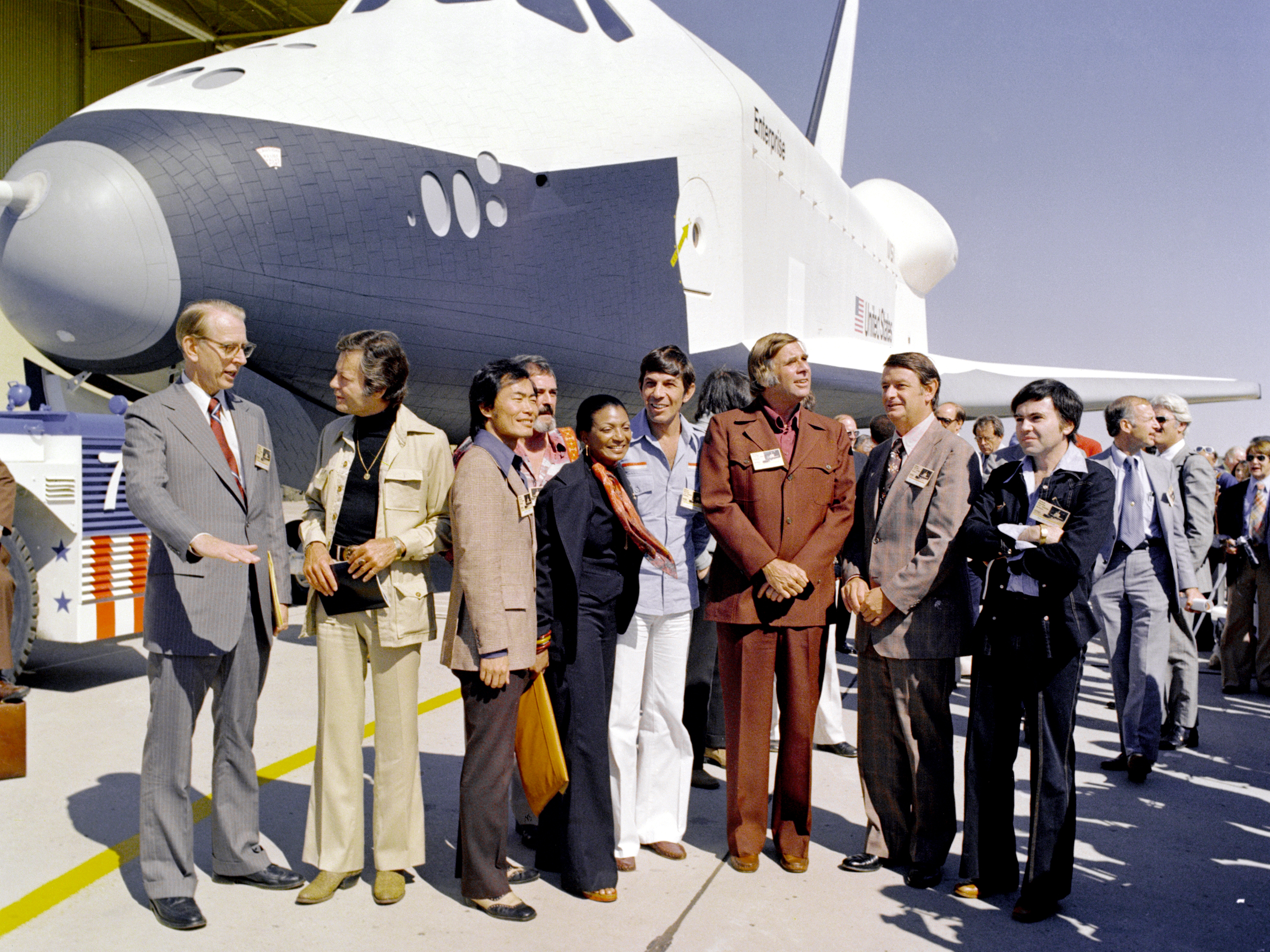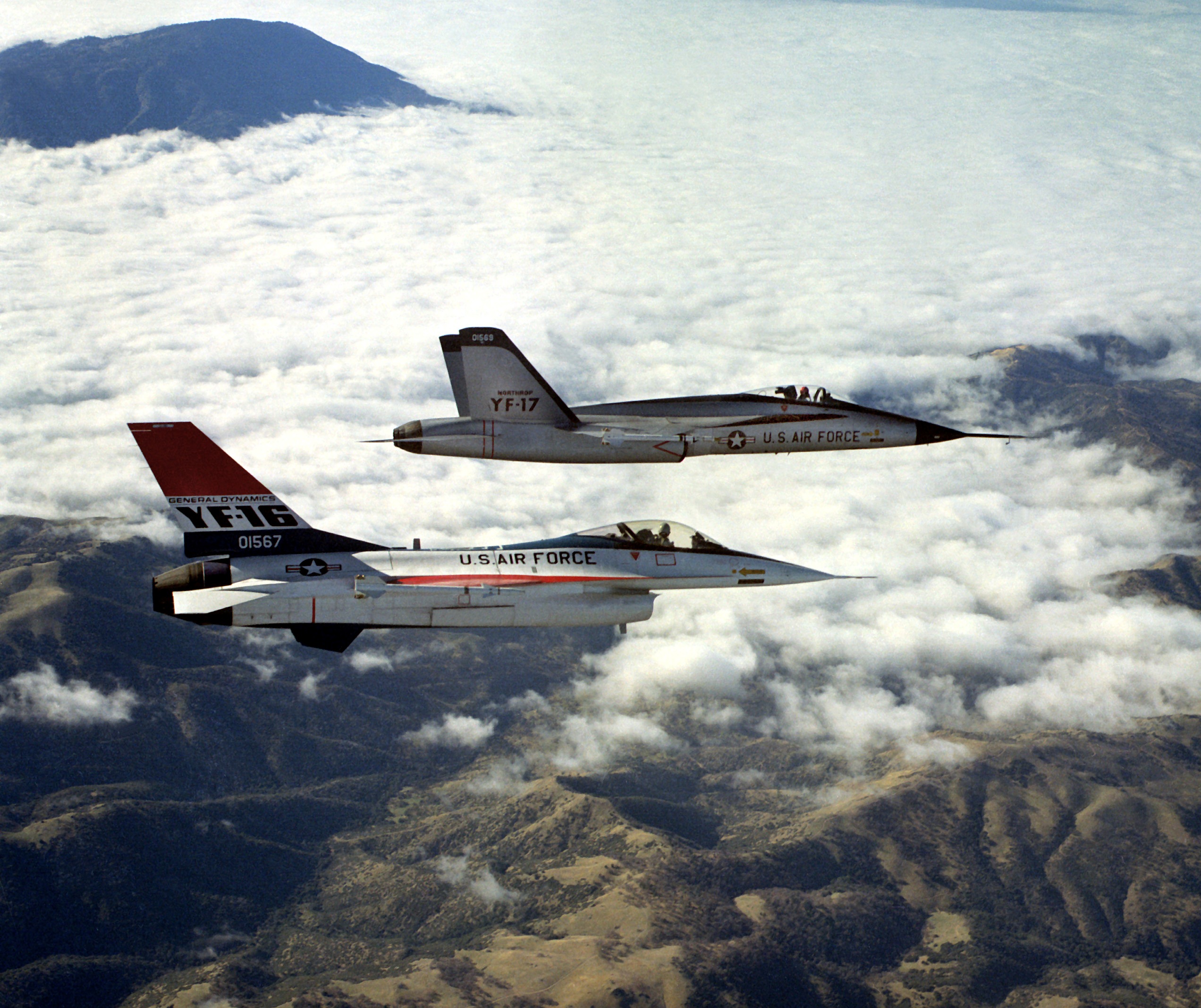|
1976 In Science
The year 1976 in science and technology involved some significant events, listed below. Astronomy and space exploration * March – Faber–Jackson relation presented by astronomers Sandra M. Faber and Robert Jackson (scientist), Robert Earl Jackson. * June 18 – Gravity Probe A, a satellite-based experiment to test Albert Einstein's theory of general relativity, is launched. * July 20 – Viking program: The ''Viking 1'' lander successfully lands on Mars. * July 31 – NASA releases the famous 'Face on Mars' photograph, taken by ''Viking 1'' * August 7 – Viking program: ''Viking 2'' enters into orbit around Mars. * August 22 – Luna program: Luna 24 successfully makes an unmanned landing on the Moon, the last for 37 years. * September 3 – Viking program: The ''Viking 2'' spacecraft lands at Utopia Planitia on Mars and takes the first close-up color photographs of the planet's surface. * September 17 – Space Shuttle Enterprise, Space Shuttle ''Enterprise'' rolled out. ... [...More Info...] [...Related Items...] OR: [Wikipedia] [Google] [Baidu] |
Space Shuttle Enterprise
Space Shuttle ''Enterprise'' (Orbiter Vehicle Designation: OV-101) was the first orbiter of the Space Shuttle system. Rolled out on September 17, 1976, it was built for NASA as part of the Space Shuttle program to perform atmospheric test flights after being launched from a modified Boeing 747. It was constructed without engines or a functional heat shield. As a result, it was not capable of spaceflight. Originally, ''Enterprise'' had been intended to be refitted for orbital flight to become the second space-rated orbiter in service. However, during the construction of , details of the final design changed, making it simpler and less costly to build around a body frame that had been built as a test article. Similarly, ''Enterprise'' was considered for refit to replace ''Challenger'' after the latter was destroyed, but was built from structural spares instead. ''Enterprise'' was restored and placed on display in 2003 at the Smithsonian's new Steven F. Udvar-Hazy Center in ... [...More Info...] [...Related Items...] OR: [Wikipedia] [Google] [Baidu] |
Seymour Cray
Seymour Roger Cray (September 28, 1925 – October 5, 1996) – was an American and architect who designed a series of computers that were the fastest in the world for decades, and founded Cray Research, which built many of these machines. Called "the father of supercomputing", Cray has been credited with creating the supercomputer industry. Joel S. Birnbaum [...More Info...] [...Related Items...] OR: [Wikipedia] [Google] [Baidu] |
Supercomputer
A supercomputer is a type of computer with a high level of performance as compared to a general-purpose computer. The performance of a supercomputer is commonly measured in floating-point operations per second (FLOPS) instead of million instructions per second (MIPS). Since 2022, supercomputers have existed which can perform over 1018 FLOPS, so called Exascale computing, exascale supercomputers. For comparison, a desktop computer has performance in the range of hundreds of gigaFLOPS (1011) to tens of teraFLOPS (1013). Since November 2017, all of the TOP500, world's fastest 500 supercomputers run on Linux-based operating systems. Additional research is being conducted in the United States, the European Union, Taiwan, Japan, and China to build faster, more powerful and technologically superior exascale supercomputers. Supercomputers play an important role in the field of computational science, and are used for a wide range of computationally intensive tasks in various fields, ... [...More Info...] [...Related Items...] OR: [Wikipedia] [Google] [Baidu] |
Cray-1
The Cray-1 was a supercomputer designed, manufactured and marketed by Cray Research. Announced in 1975, the first Cray-1 system was installed at Los Alamos National Laboratory in 1976. Eventually, eighty Cray-1s were sold, making it one of the most successful supercomputers in history. It is perhaps best known for its unique shape, a relatively small C-shaped cabinet with a ring of benches around the outside covering the power supplies and the cooling system. The Cray-1 was the first supercomputer to successfully implement the vector processor design. These systems improve the performance of math operations by arranging memory and registers to quickly perform a single operation on a large set of data. Previous systems like the CDC STAR-100 and ASC had implemented these concepts but did so in a way that seriously limited their performance. The Cray-1 addressed these problems and produced a machine that ran several times faster than any similar design. The Cray-1's architect ... [...More Info...] [...Related Items...] OR: [Wikipedia] [Google] [Baidu] |
Carbon Nanotube
A carbon nanotube (CNT) is a tube made of carbon with a diameter in the nanometre range ( nanoscale). They are one of the allotropes of carbon. Two broad classes of carbon nanotubes are recognized: * ''Single-walled carbon nanotubes'' (''SWCNTs'') have diameters around 0.5–2.0 nanometres, about 100,000 times smaller than the width of a human hair. They can be idealised as cutouts from a two-dimensional graphene sheet rolled up to form a hollow cylinder. * ''Multi-walled carbon nanotubes'' (''MWCNTs'') consist of nested single-wall carbon nanotubes in a nested, tube-in-tube structure. Double- and triple-walled carbon nanotubes are special cases of MWCNT. Carbon nanotubes can exhibit remarkable properties, such as exceptional tensile strength and thermal conductivity because of their nanostructure and strength of the bonds between carbon atoms. Some SWCNT structures exhibit high electrical conductivity while others are semiconductors. In addition, carbon nanotubes can b ... [...More Info...] [...Related Items...] OR: [Wikipedia] [Google] [Baidu] |
Morinobu Endo
Morinobu Endo (遠藤 守信 ''Endō Morinobu'', born September 28, 1946) is a Japanese physicist and chemist, often cited as one of the pioneers of carbon nanofibers and carbon nanotubes synthesis at the beginning of the 1970s. He demonstrated carbon fibers can be grown by gas pyrolysis and traveled to Orléans, France in 1974 working with Madame Agnès Oberlin at CNRS in her laboratory. He discovered carbon nanotubes in 1976 as part of his studies at University of Orleans in France. He has been awarded the Charles E. Pettinos Award from the American Carbon Society in 2001, "For his pioneering work and applications of carbon nanotubes", Medal of Achievement in Carbon Science and Technology from the American Carbon Society in 2004, "for the discovery of, and early synthesis work on, carbon nanotubes". Born in Nagano Prefecture in 1946, he studied electrical engineering and received his Bachelor of Engineering and master's degree in 1969 and 1971 from Shinshu University, Japan, ... [...More Info...] [...Related Items...] OR: [Wikipedia] [Google] [Baidu] |
Analytical Biochemistry
''Analytical Biochemistry'' is a peer-reviewed scientific journal established in 1960. It covers the field of biochemistry. According to the ''Journal Citation Reports'', the journal has a 2014 impact factor of 2.219. Abstracting and Indexing The journal is abstracted and indexed in Analytical Abstracts, Biological Abstracts, Chemical Abstracts, Current Contents/Life Sciences, EMBASE, EMBiology, MEDLINE, Science Citation Index, and Scopus Scopus is a scientific abstract and citation database, launched by the academic publisher Elsevier as a competitor to older Web of Science in 2004. The ensuing competition between the two databases has been characterized as "intense" and is c .... References External links * Academic journals established in 1960 Biochemistry journals Elsevier academic journals English-language journals Biweekly journals {{biochem-journal-stub ... [...More Info...] [...Related Items...] OR: [Wikipedia] [Google] [Baidu] |
Bradford Protein Assay
The Bradford protein assay (also known as the Coomassie protein assay) was developed by Marion M. Bradford in 1976. It is a quick and accurate spectroscopic analytical procedure used to measure the concentration of protein in a solution. The reaction is dependent on the amino acid composition of the measured proteins. Principle The Bradford assay, a colorimetric protein assay, is based on an absorbance shift of the dye Coomassie brilliant blue G-250. The Coomassie brilliant blue G-250 dye exists in three forms: anionic (blue), neutral (green), and cationic (red). Under acidic conditions, the dye is red; as it loses acidity, the red form of the dye is converted into its blue form, binding to the protein being assayed. If there is no protein to bind, then the solution will remain brown. The dye forms a strong, noncovalent complex with the protein's carboxyl group by van der Waals force and amino group through electrostatic interactions. During the formation of this complex, the ... [...More Info...] [...Related Items...] OR: [Wikipedia] [Google] [Baidu] |
Marion M
Marion or MARION may refer to: Arts and entertainment *Marion (band), a British alternative rock group * ''Marion'' (miniseries), a 1974 miniseries * ''Marion'' (1920 film), an Italian silent film * ''Marion'' (2024 film), a UK short People and fictional characters * Marion (given name), a list of people and fictional characters with the given name * Marion (surname), a list of people with the surname Places Australia * City of Marion, a local government area in South Australia * Marion, South Australia, a suburb of Adelaide ** Marion railway station United States * Marion, Alabama, a city * Marion, Arkansas, a city * Marion, Connecticut, a neighborhood of the town of Southington * Marion, Georgia, an unincorporated community * Marion, Illinois, a city * Marion, Indiana, a city ** Marion station (Amtrak), a former train station ** Marion station (Pittsburgh, Cincinnati, Chicago and St. Louis Railroad), a former train station of the Pennsylvania Railroad * Marion, Shel ... [...More Info...] [...Related Items...] OR: [Wikipedia] [Google] [Baidu] |
General Dynamics F-16 Fighting Falcon
The General Dynamics F-16 Fighting Falcon is an American single-engine supersonic Multirole combat aircraft, multirole fighter aircraft originally developed by General Dynamics for the United States Air Force (USAF). Designed as an air superiority day fighter, it evolved into a successful night fighter, all-weather multirole aircraft with over 4,600 built since 1976. Although no longer purchased by the U.S. Air Force, improved versions are being built for export. In 1993, General Dynamics sold its aircraft manufacturing business to the Lockheed Corporation, which became part of Lockheed Martin after a 1995 merger with Martin Marietta. The F-16's key features include a frameless bubble canopy for enhanced cockpit visibility, a side-stick, side-mounted control stick to ease control while maneuvering, an ejection seat reclined 30 degrees from vertical to reduce the effect of g-forces on the pilot, and the first use of a relaxed stability, relaxed static stability/fly-by-wire fligh ... [...More Info...] [...Related Items...] OR: [Wikipedia] [Google] [Baidu] |
Concorde
Concorde () is a retired Anglo-French supersonic airliner jointly developed and manufactured by Sud Aviation and the British Aircraft Corporation (BAC). Studies started in 1954, and France and the United Kingdom signed a treaty establishing the development project on 29 November 1962, as the programme cost was estimated at £70 million (£ in ). Construction of the six prototypes began in February 1965, and the first flight took off from Toulouse on 2 March 1969. The Market (economics), market was predicted for 350 aircraft, and the manufacturers received up to 100 option orders from many major airlines. On 9 October 1975, it received its French certificate of airworthiness, and from the Civil Aviation Authority (United Kingdom), UK CAA on 5 December. Concorde is a tailless aircraft design with a narrow fuselage permitting four-abreast seating for 92 to 128 passengers, an ogival delta wing, and a Droop nose (aeronautics), droop nose for landing visibility. It is pow ... [...More Info...] [...Related Items...] OR: [Wikipedia] [Google] [Baidu] |






